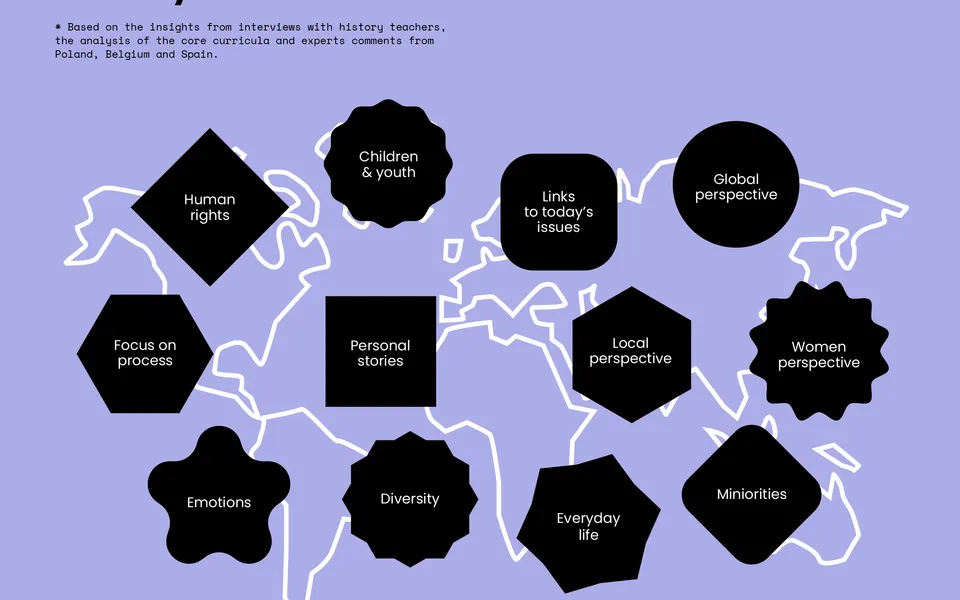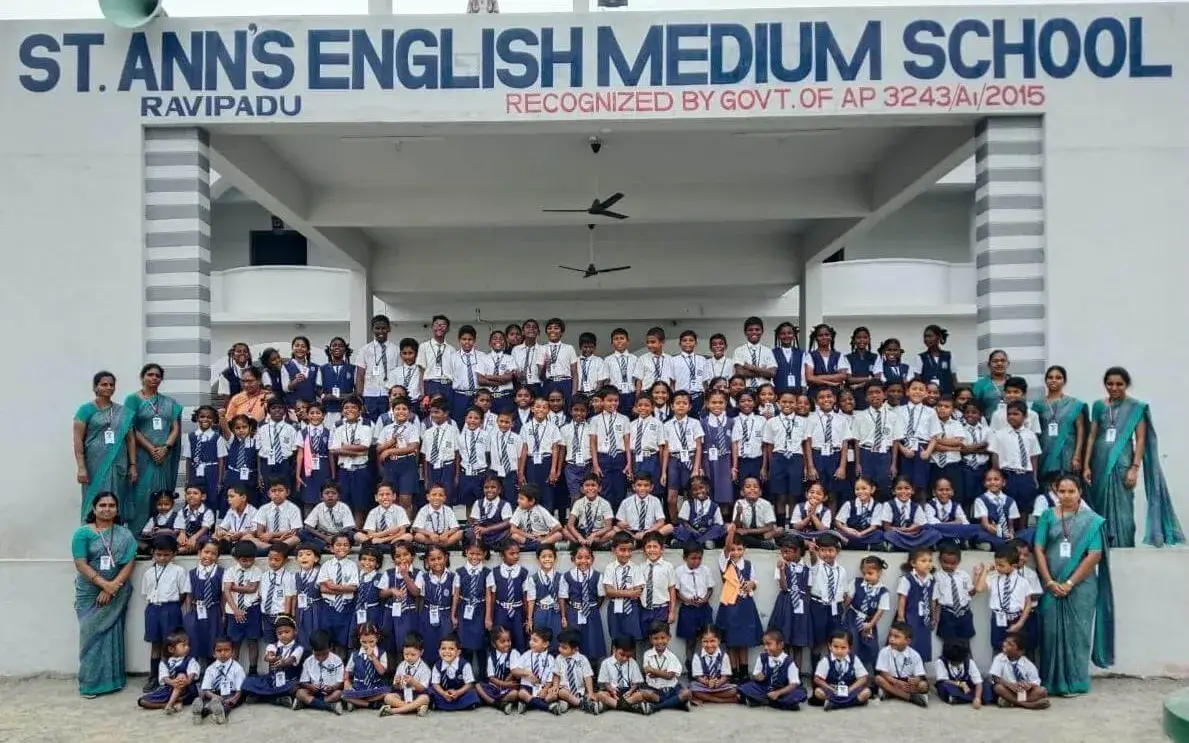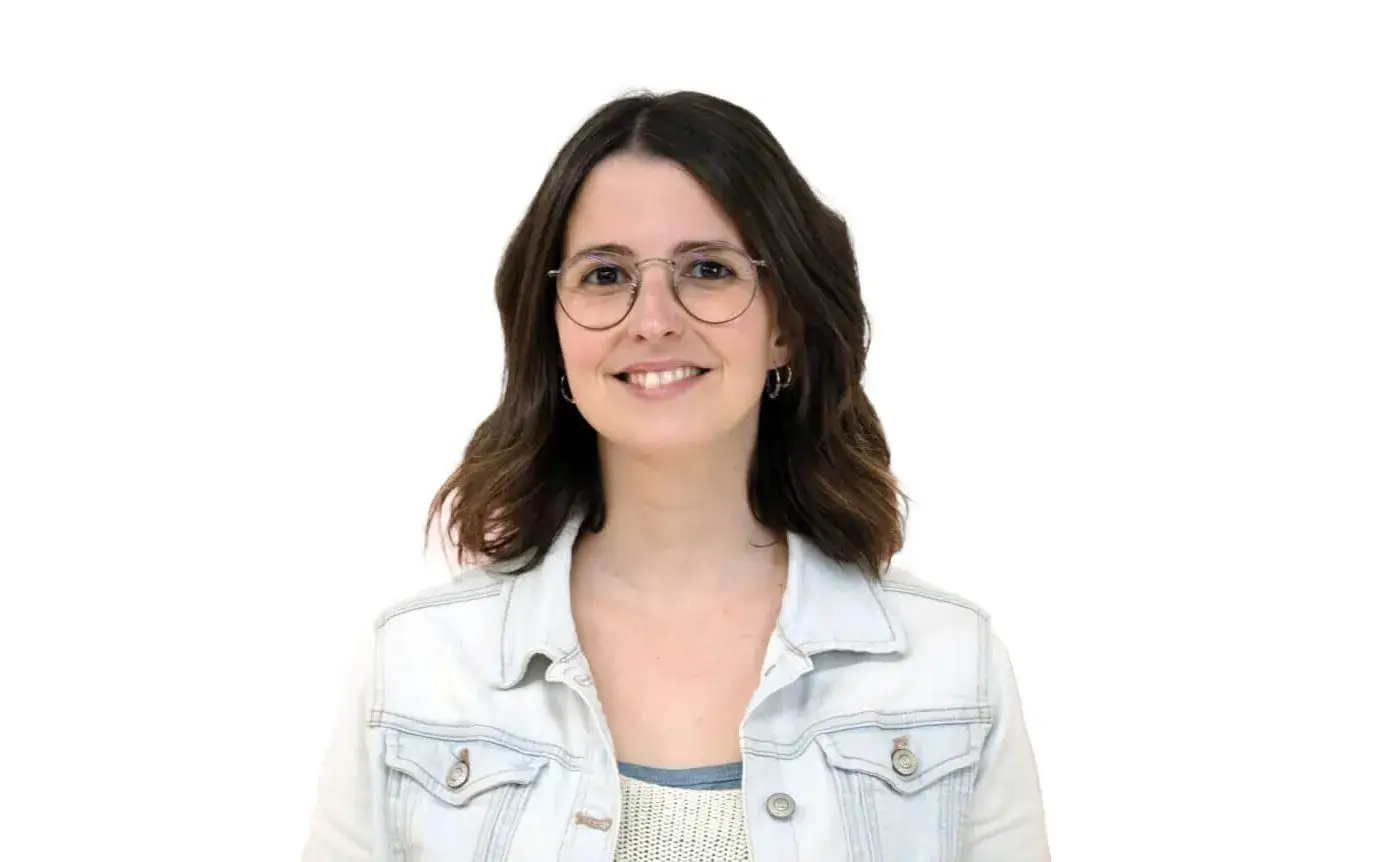Smilemundo is developing the DIGHIST project aimed at designing digital tools to facilitate the work of History and Social Science teachers.
Together with the Polish School with Class Foundation and the Belgian King Baudouin Foundation, Catalan organisation Smilemundo is developing the DIGHIST project. The pandemic has inevitably sped up the use of digital tools in education. However, in most cases, this quantitative increase hasn’t seen a substantial and transformative change with regards to educational methods as, basically, traditional teaching methods have been replicated but in a new digital context.
Teacher attribute this to several reasons: lack of preparation by teachers, lack of time, experience and know-how, lack of support and, in some cases, lack of adequate facilities and equipment.
Most of the teachers consulted are aware that this traditional approach doesn’t meet the needs of students of today who are digital natives and feel perfectly at ease using these digital tools and expect them to be included in their everyday schooling.
These are the conclusions of a research done within the framework of the project 'Digital Histroytelling' (DIGHIST) carried out by these three European organisations and aimed at students aged 12 to 16.
Ready-to-use materials
In all three countries, the conclusion is unanimous: teachers are willing to learn and improve their digital skills, but for this they need materials that are well developed and easy to use, together with training.
“Today there are many digital tools tailored to education and learning that are easily available on the Internet. With DIGHIST it isn’t so much about creating something new, but rather designing a pack of materials with a shared and corrective narrative, that are visually attractive and offer teachers who have little time to prepare their classes the possibility to use them as a full and independent lecture” says Agata Luczynska from the School with Class Foundation.
This kit, which will be online and structured around thematic units, will include infographics, teaching materials, historical timelines, discussion proposals, games, videos and other complementary materials for teachers (tutorials, guidelines, FAQs…).
Besides fostering digital innovation, the project aims to build a common narrative between the three countries that includes key topics for history lessons and to build a deeper shared European identity eventually.
Three countries and one shared narrative
In this regard, the research carried out shows that all three countries share many contents such as totalitarianism; colonialism, the Cold War, migration processes or genocide and teachers consider it important to have complementary interactive materials.
Also as part of this project, when it comes to developing these contents, the focus will be placed on under-represented topics in history lessons, as well as human rights, the feminist perspective in history or minorities.
Therefore, the goal will be to combine a global and local perspective, giving a voice to personal stories, paying attention to emotions and diversity and teaching history in a way that allows better understanding the world today.
Anyone who is interested may read the full report and try out the DIGHIST materials writing to hello@smilemundo.org.







Add new comment